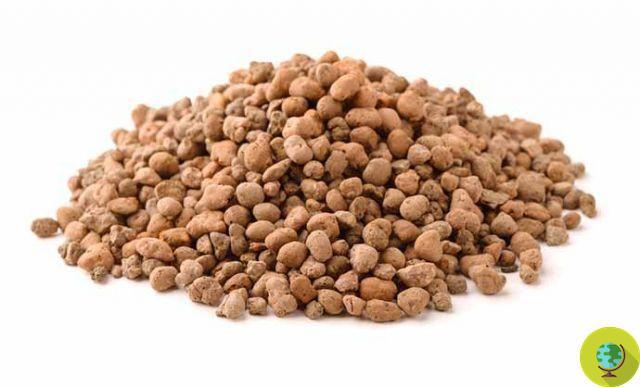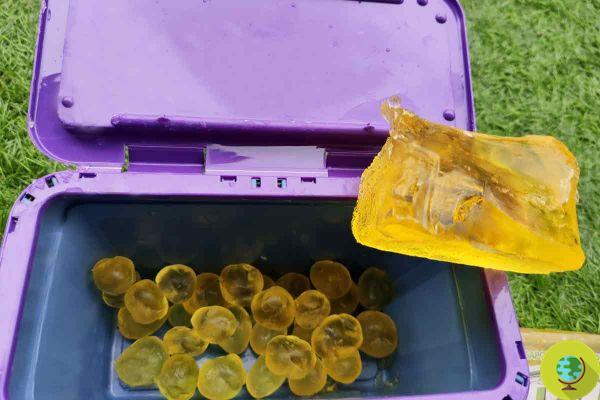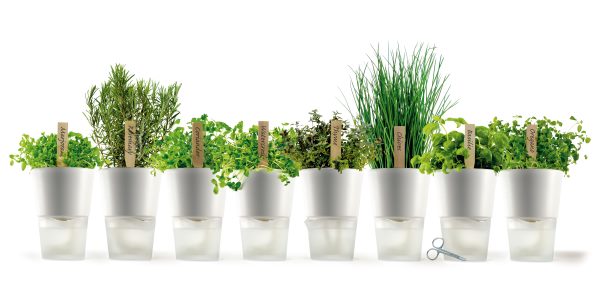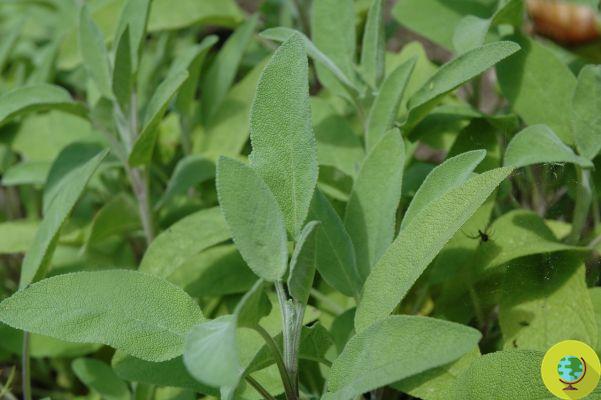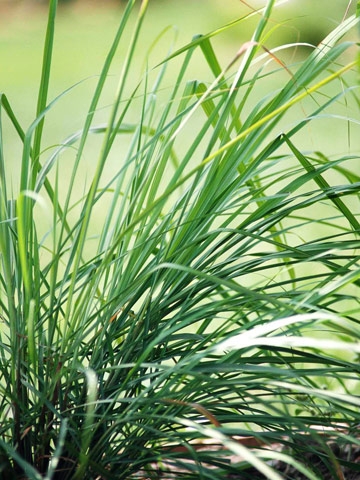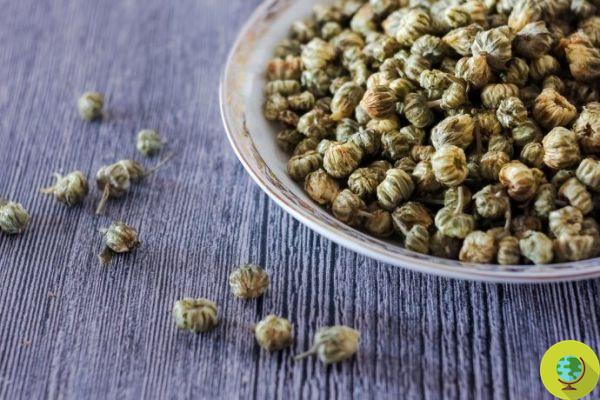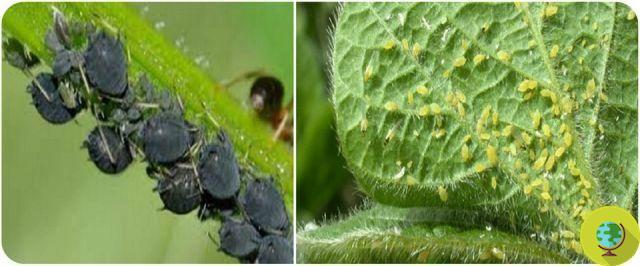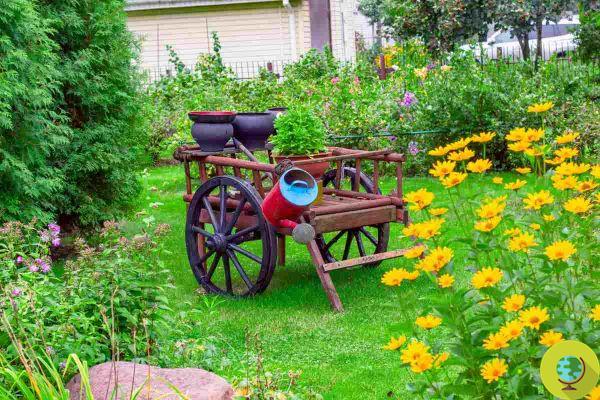Tips and tricks to take better care of the Ficus beniamino, the splendid tropical tree to grow at home or in the office
Tips and tricks to take better care of the Ficus beniamino, the splendid tropical tree to grow at home or in the office
Appreciated for its sapling bearing and great decorative value, the Ficus beniamino or benjamin it is the ideal tropical plant for our homes. Also appreciated for its air purifying properties, ficus is one of the most loved houseplants, always a protagonist not only at home, but also in the office and, more generally, in the workplace, for its ease. cultivation and great decorative value.
Let's see how to take care of this extraordinary plant. (Plants, a powerful stress reliever in our homes and workplaces)
Index
Ficus

It is a native plant of the tropical belt of our planet. It is particularly widespread in Africa and Asia, it belongs to the Moraceae family which has over 800 species, many of which are variegated or deciduous, climbing and sapling. All united by the particular inflorescence: the syconia. These are unisexual flowers, either all male or all female. In nature it can reach a considerable height of 30 meters, but in pots in our apartments it does not exceed 3-4.
Inside its branches flows a milky white irritating liquid which in many areas is used to produce rubber. But it is also the reason why for example in Thailand it is considered a sacred tree and is therefore grown near temples.
Location and ideal climate of the Ficus
The Ficus prefers acidic, light and well-draining soils, it wants a lot of light but cannot bear direct sunlight.
The ideal temperatures range from 18 ° to 22 ° degrees during the day, which is why our houses are ideal places and, if kept outside, they must be withdrawn and protected in winter, especially if we live in areas with a harsh climate.
What harms the Ficus
As we just mentioned above, unless we live in places with constant warm weather all year round and the ficus is planted in the ground, the specimens we can purchase will remain in pots. Here then is what we absolutely must pay attention to in order not to damage it:
- we do not place the plant in direct sunlight, especially in the summer, but we still choose a very bright place. Artificial light can also be useful and this is the reason why it is particularly good in offices;
- we choose a place sheltered from drafts;
- let's not move it often: it is a plant sensitive to changes in light and temperature, even if they occur between rooms in the same house, it could be affected and lose its leaves due to stress;
- do not prune: never cut the live branches of the plant, it would expose it too easily to weakening and possible diseases. Remove only dead branches or dry yellow leaves.
Diseases and parasitic attacks

Parasitic attacks are frequent, especially of:
- scale insects;
- acari;
- red spider;
- tripidi.
To counteract the proliferation of these parasites it is always useful and effective to resort to natural pesticides widely available on the market. But as for the spider mite, if the infestation is caught in time it can be useful to nebulize the leaves. In fact, these little creatures do not tolerate humid environments.
While if we are dealing with scale insects, we can act on the mechanical removal by means of cotton wool soaked in alcohol.
How to fertilize ficus
You can use liquid fertilizers to be diluted in water and administered with watering following the doses and indications on the label. Alternatively, there are slow-release granular fertilizers, which are put into the soil every three months, but even here it is important to follow the instructions on the label. The fertilizations must be done regularly during spring and summer, while in winter when the plant suffers a slowdown in its metabolism, it is better to halve the doses.
Together with the fertilizer, when a shift has been made and the plant has undergone stress, it is advisable to administer a supplement via the leaves, simply by diluting it in water and nebulizing the leaves. Its absorption will thus be faster and more effective.
How to reproduce and multiply the ficus
Multiplying this plant is quite simple and is recommended as an exercise for "neo green thumbs" who want to try their hand at propagation. Just do it by cuttings:
- a branch is cut below a knot using a sharp and disinfected blade;
- the "wound" is immediately dabbed in order not to let out too much liquid;
- after which the cut branch is placed in a vase with water and waits for it to root by changing the water and topping up from time to time.
For those who feel safer, on the other hand, they can try layering, a reproduction technique that involves cutting the branch, enclosing it in a bag with wet sphagnum and waiting for rooting directly on the plant to remove the new shoot only later. This technique is widely used in agriculture as it has the advantage of exploiting all the sap and energy that the whole plant can produce to give life to a new specimen.
In any case, it is always better to carry out the propagations in spring when the vegetative phase is at its maximum.
Follow your Telegram | Instagram | Facebook | TikTok | Youtube
Other easy-to-grow houseplants:
Read also:
- The plants that will bring you luck, harmony and success in 2021 according to Feng Shui
- How not to let these "easy" to grow houseplants die that are not that easy
- Simple houseplants to grow: the Scheffelera or "umbrella plant"
- These are the plants that you can safely keep even in the bedroom





